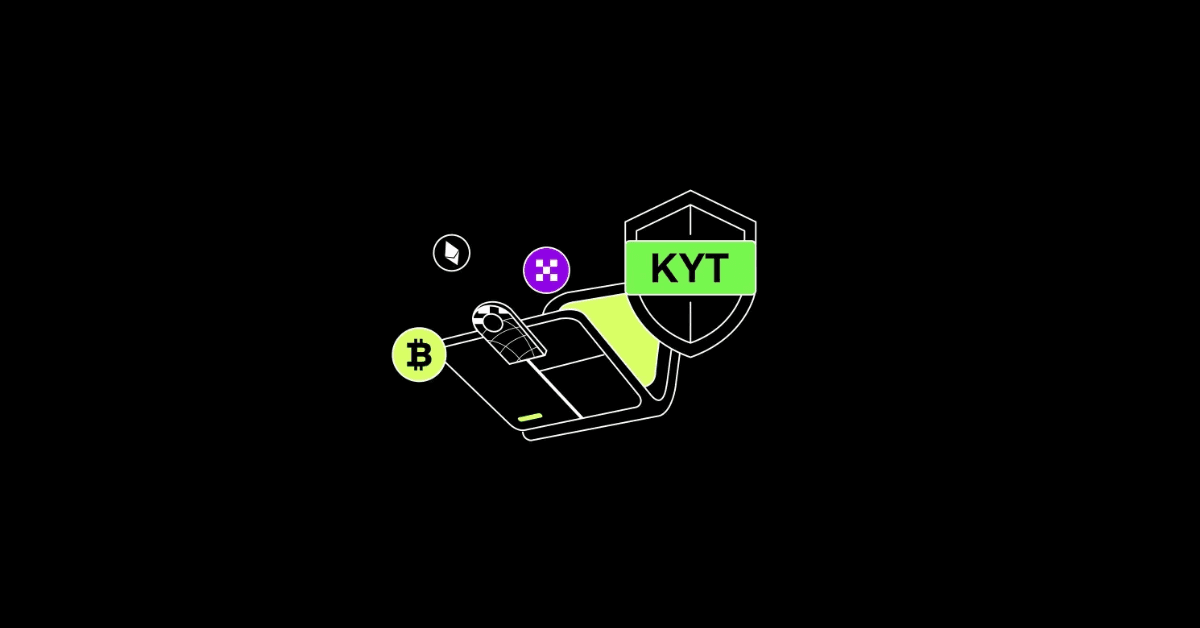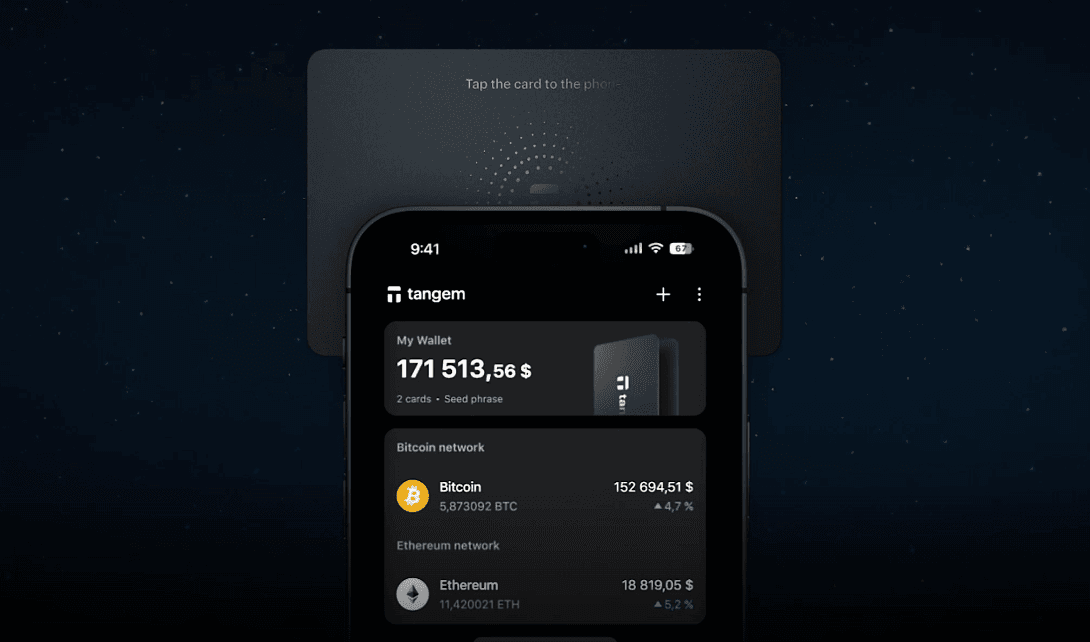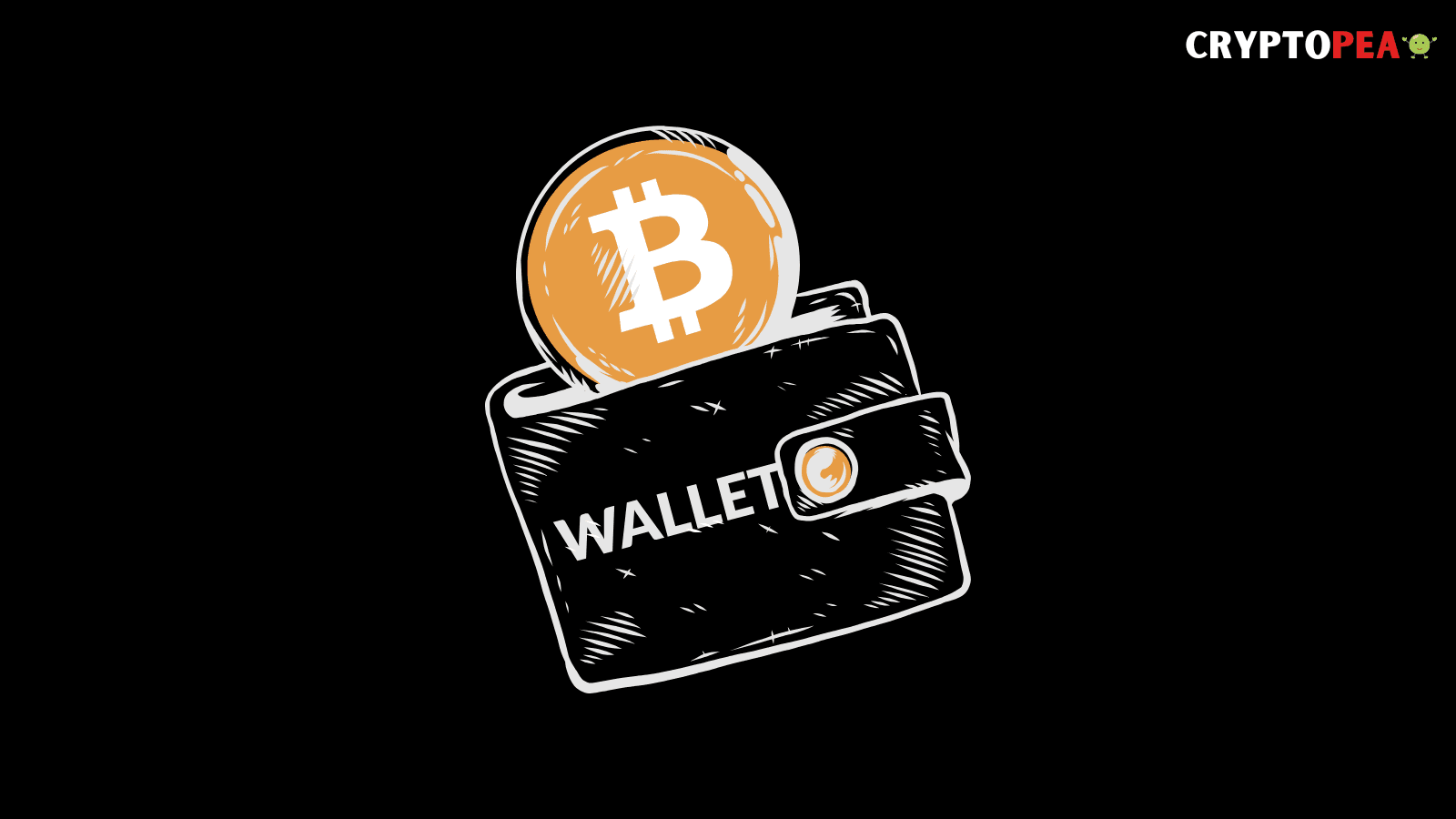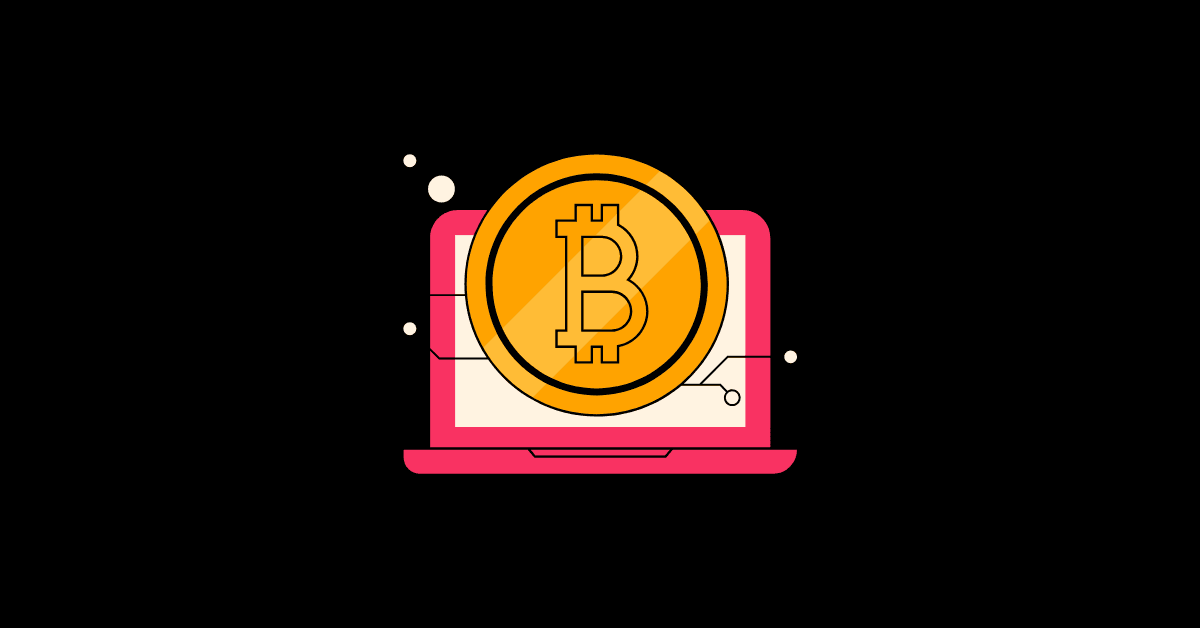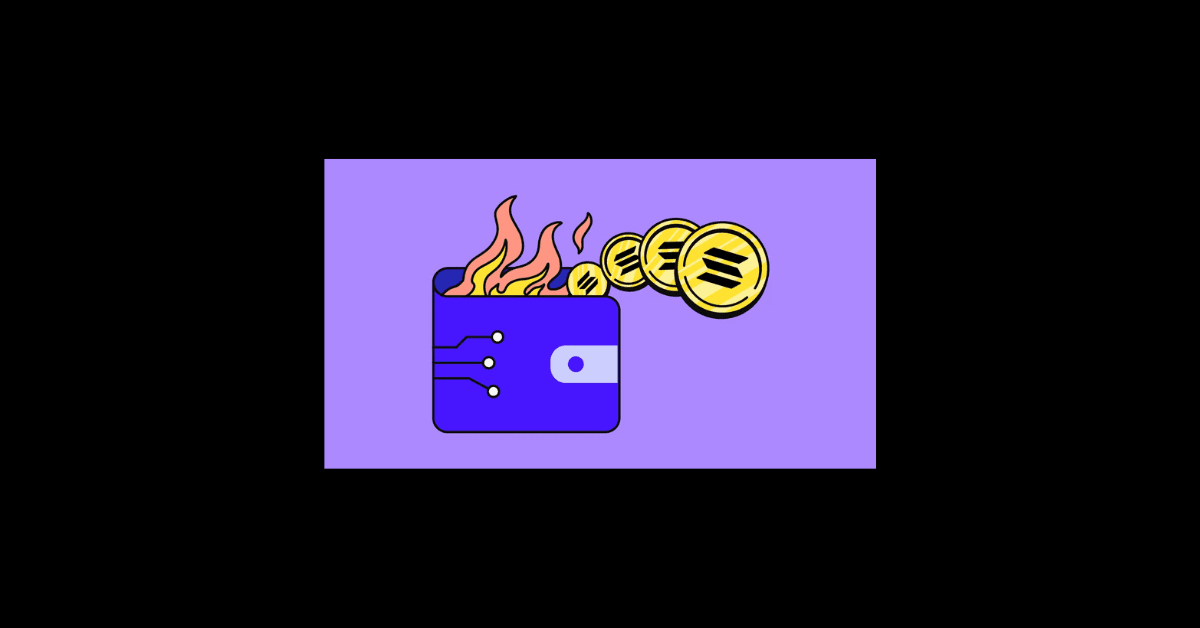In the world of cryptocurrencies, terms like “staking” and “delegating” are often used interchangeably, which can lead to confusion among newcomers. While both concepts are closely related and often part of the same process in Proof-of-Stake (PoS) blockchain networks, they are not exactly the same. This article will break down the differences and similarities between staking and delegating, helping you understand their roles in blockchain ecosystems.
What Is Staking?
Staking is a fundamental process in Proof-of-Stake (PoS) and its variants (e.g., Delegated Proof-of-Stake or DPoS) blockchain networks. It involves locking up a certain amount of cryptocurrency in a wallet to support the operations of the blockchain, such as validating transactions and securing the network. In return for staking your assets, you typically earn rewards in the form of additional cryptocurrency.
How Staking Works:
- Locking Assets: You deposit or lock your cryptocurrency in a staking wallet or on a staking platform.
- Validating Transactions: The staked assets are used to validate transactions and produce new blocks on the blockchain.
- Earning Rewards: As a reward for participating in the network’s security and operation, you earn staking rewards, which are often proportional to the amount of crypto you staked.
What Is Delegating?
Delegating is a process that is commonly associated with Delegated Proof-of-Stake (DPoS) or other similar blockchain mechanisms. Instead of directly staking and participating in the validation process yourself, you “delegate” your staking power to a trusted validator or node operator. These validators are responsible for maintaining the blockchain, validating transactions, and producing blocks.
How Delegating Works:
- Choose a Validator: You select a validator from a list of trusted nodes or entities on the network.
- Delegate Staking Power: You assign your staked cryptocurrency to the validator without transferring ownership of your funds.
- Earn Rewards: The validator earns rewards for their work, and you receive a share of those rewards, typically after the validator takes a small commission.
Key Differences Between Staking and Delegating
| Aspect | Staking | Delegating |
|---|---|---|
| Direct Participation | You directly stake your assets and validate transactions. | You assign your staking power to a validator who handles validation. |
| Technical Knowledge | Requires more technical knowledge and setup. | Easier for beginners; no technical setup required. |
| Control | You have full control over staking and validation. | You trust a validator to act on your behalf. |
| Risk | Higher risk if you run your own node improperly. | Lower risk, but depends on the reliability of the validator. |
| Rewards | You receive full rewards for your staking. | Rewards are shared with the validator after deducting their commission. |
Similarities Between Staking and Delegating
Despite their differences, staking and delegating share some commonalities:
- Both Involve Locking Crypto: Whether you are staking directly or delegating, your assets are locked up for a period of time.
- Earn Rewards: Both processes allow you to earn rewards for supporting the network.
- Support Network Security: By staking or delegating, you contribute to the security and decentralization of the blockchain.
- Risk of Slashing: On some networks, both stakers and delegators can face penalties (known as “slashing”) if their validator behaves maliciously or fails to perform its duties.
Which Option Should You Choose?
The choice between staking and delegating depends on your level of expertise, risk tolerance, and how much time you are willing to invest in managing your crypto assets.
- Choose Staking if:
- You have technical knowledge and are comfortable running a validator node.
- You want full control over your staking process and rewards.
- You are willing to take on the responsibility of maintaining the node.
- Choose Delegating if:
- You are new to crypto or staking and want a simpler way to participate.
- You prefer to rely on a trusted validator to handle the technical aspects.
- You are okay with sharing a portion of your rewards as a commission.
Conclusion
Staking and delegating are two sides of the same coin, both aimed at supporting blockchain networks and earning rewards. Staking involves directly participating in the validation process, while delegating lets you assign that responsibility to a trusted validator. Both options have their pros and cons, and the right choice depends on your goals and level of expertise.
By understanding the differences and similarities between staking and delegating, you can make an informed decision and start contributing to the exciting world of Proof-of-Stake blockchains.

